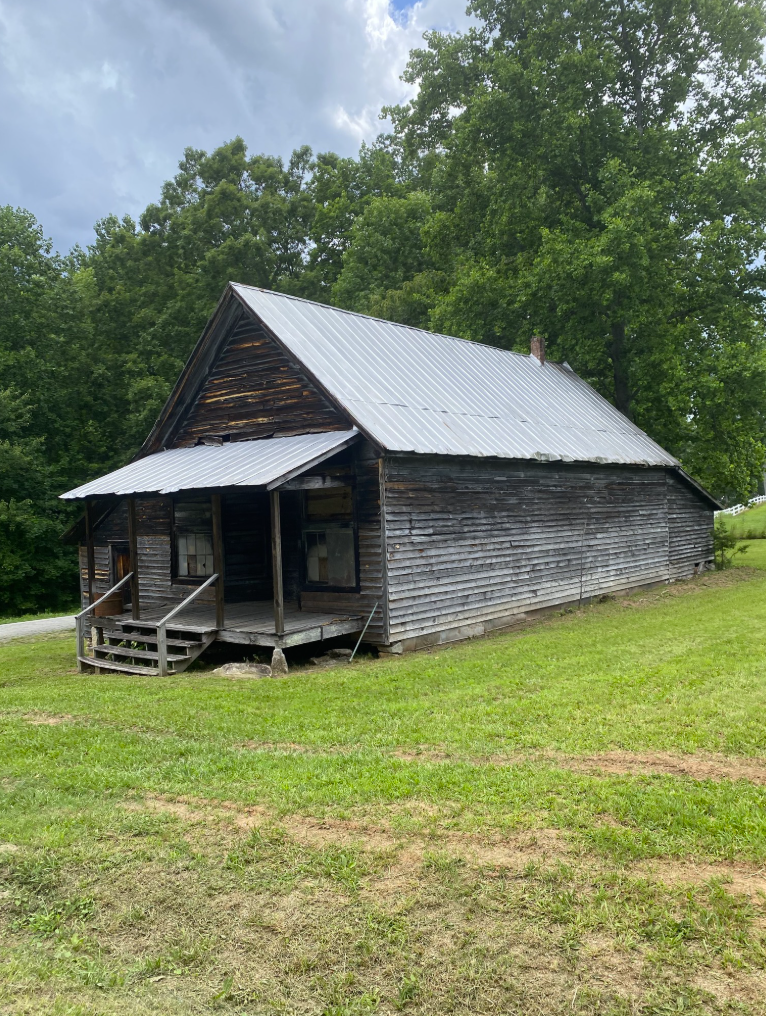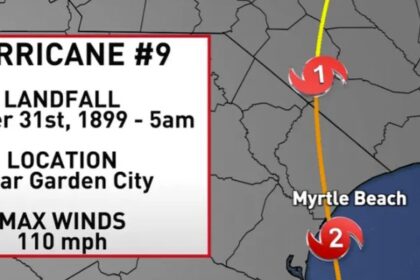Country stores were a mix of local politics and commerce, with a dab of church revival on top. They provided a much-needed service for rural residents looking to grab a soda, play a game of checkers, or follow up on the latest news. While we still have locally owned convenience stores alongside big-box retailers, nothing will ever replace those small roadside markets nestled along country roads across South Carolina.

Country stores are like lyrics from the “Cheers” theme: “Where everybody knows your name, and they’re glad you came.” These vacant stores still sit on many roadways throughout our state. A drive down Columbia Highway in Chester County, South Carolina, into Fairfield County, and you will see at least five abandoned stores.
Each of these buildings has a unique story to tell. Recently, the Hester General Store, located near Easley, South Carolina, reopened after being vacant for years. Hester General Store first opened in 1893. Now, the building is the centerpiece of the community, serving a variety of delicious cakes, pies, and other treats, but it has since closed.
The bigger question is, why did so many abruptly close? An article on NPR stated that a decline in the rural population is a possible culprit, citing supply and demand issues. “Rural communities have been losing population for decades, making it harder for businesses to stay afloat, says Rial Carver.” The article continued with, “Big-Box stores and grocery consolidation have added even more pressure on local grocers.”
A 2018 study commissioned by American Express found that an average of two-thirds of every dollar (67 cents) spent at small businesses in the U.S. stays in the local community.” The vacant stores that line our roadways served a vital purpose not only for the families that served local patrons but were also crucial for the survival and success of the community.
Written By: John G. Clark Jr
Image Credit: John G. Clark Jr


